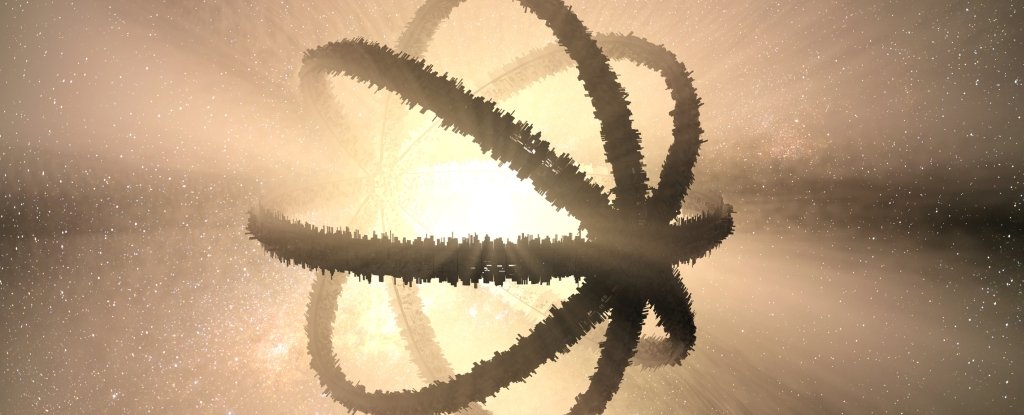Dyson Spheres have been a tantalizing digression in the hunt for alien intelligence. Just recently seven stars have been with most of their radiation given off in the infrared wavelengths. Potentially this is the signature of heat from a matrix of spacecraft around the star but alas, a new paper has another slightly less exciting explanation; dust obscured galaxies.
There are a number of ways to hunt for aliens and one of them is to look for signs of large scale projects in space. Enter the Dyson Sphere. The idea was first proposed by Freeman Dyson in 1960 to describe that an advanced civilizations would position power collectors and even habitats around a star to harness its power.

Eventually such infrastructure would likely surround the entire star and Dyson reasoned that a signature would be detectable such as an excess of infrared radiation. The findings of Project Hephaistos revealed the seven M type stars from a sample of 5 million stars detected by Gaia. The astrometric satellite has been used to map stars in the Milky Way and has been of profound benefit to many pieces of research.
Data from 2MASS (the Two Micron All Sky Survey) and WISE (the Wide Field Infrared Survey Explorer) were also used to identify the stars that seemed to display the expected Infrared excess. In by lead author Tongtian Ren and team, they explore the findings of the project and delve into the possible nature of the candidate spheres. The team cross-matched the information from data from the Ver.
















